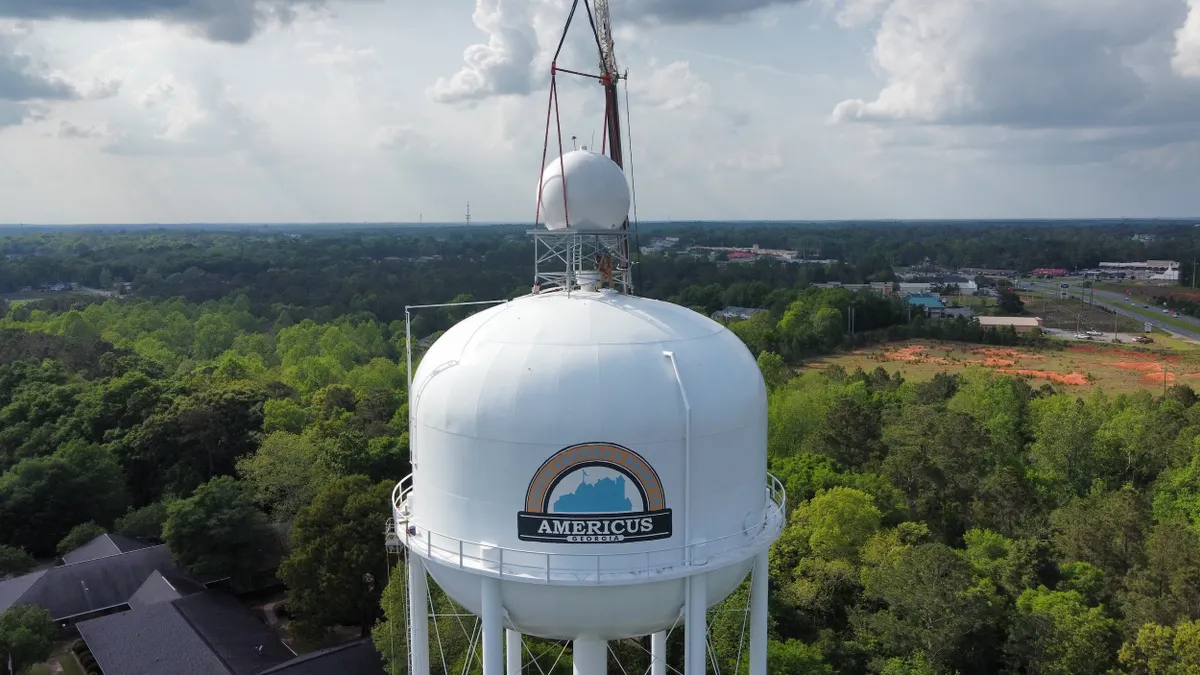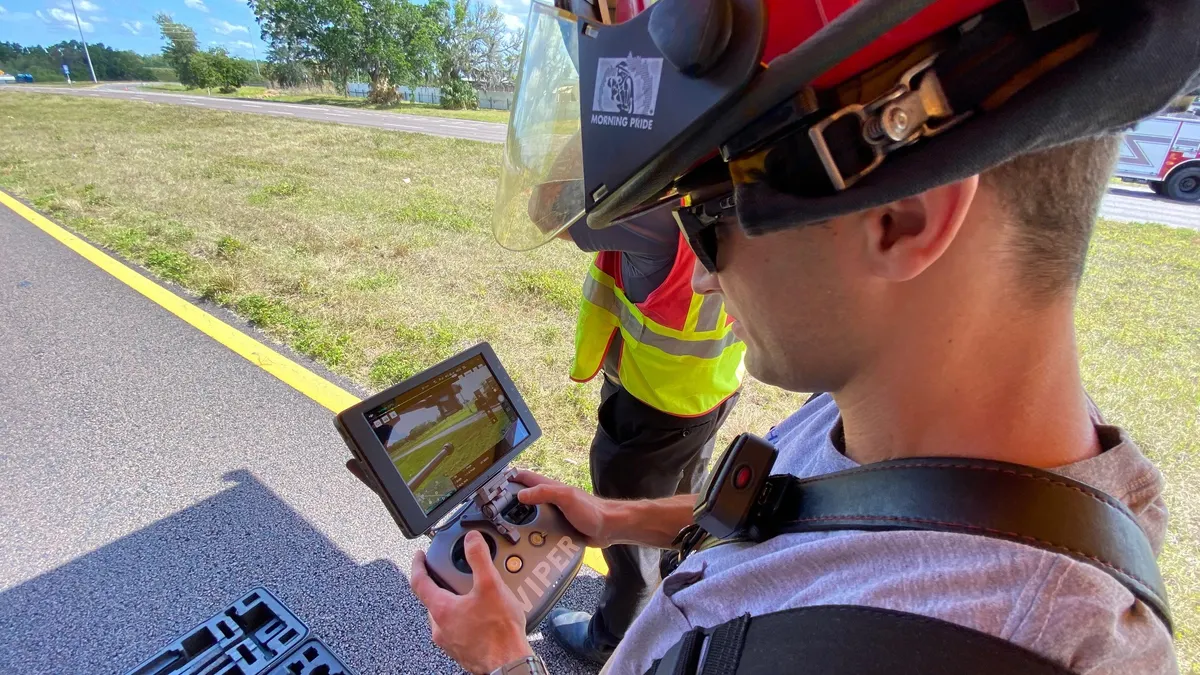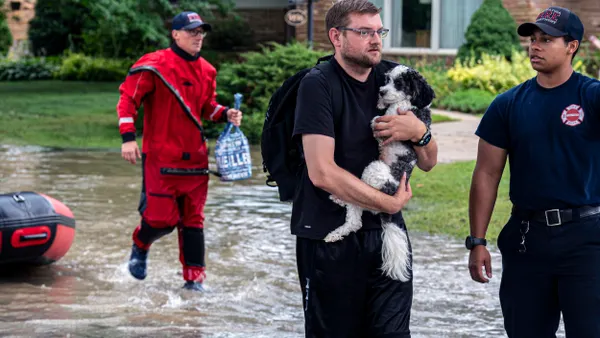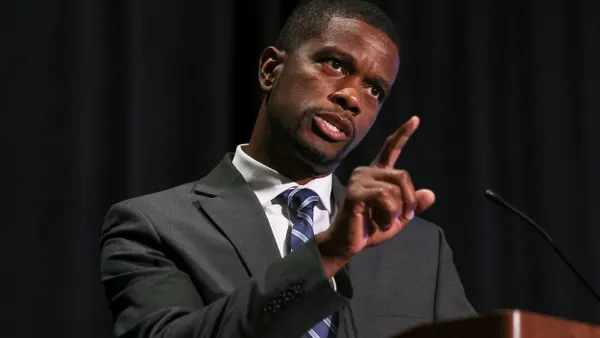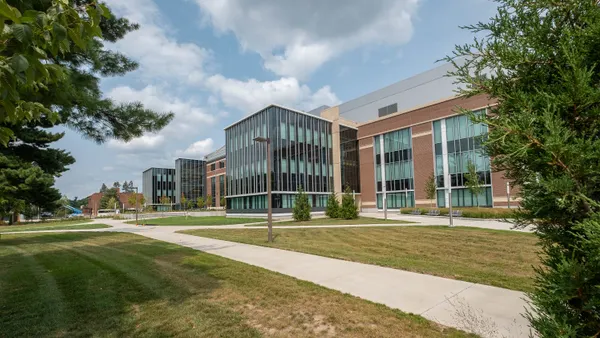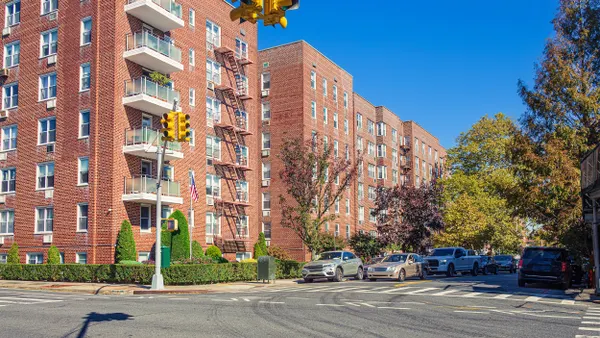Dive Brief:
- A new report released last week offers a road map to help communities deploy neighborhood-scale thermal energy networks, which use a system of water pipes and heat pumps to interconnect buildings with otherwise wasted thermal energy from buildings, sewage systems and underground transit stations to provide a shared heating and cooling network.
-
“By leveraging ‘waste’ heat and renewable sources, [thermal energy networks] provide fossil-fuel-free heating and cooling with unmatched efficiency,” the report states.
-
Growing demand for electricity to power data centers and transportation electrification, along with the Trump administration’s deprioritizing of renewable energy, make it imperative for cities to investigate thermal energy networks, said Johanna Partin, founding principal of Transformative Strategies Consulting, which authored the report with Common Spark Consulting.
Dive Insight:
Proponents of thermal energy networks say they could provide a safer, more efficient alternative to utility gas service, reducing local air pollution and greenhouse gas emissions. Neighborhood-scale networks focus on decarbonizing entire street segments, developments or areas at once.
The May 2025 report presents updated analysis of legislation passed in 12 states to authorize or explore thermal energy networks. The report includes case studies and recommendations demonstrating how thermal energy networks “can be a vehicle for an equitable and democratic decarbonization strategy,” according to a Transformative Strategies press release.
In 2023, the U.S. Department of Energy awarded 11 communities a total of $13 million to design community-scale thermal energy networks drawing energy from sources such as municipal wastewater and the earth’s natural temperature.
Partin said participation from city governments is crucial for thermal energy networks to advance. These systems “are having a moment, which is really wonderful, but what has been missing from the conversation is the role for local ownership — what is the role for city government?” she said.
Investor-owned utilities, private developers, certain municipalities and co-ops can legally own and operate thermal energy networks in many states, according to the report, but “the local and zonal nature of [thermal energy networks] also invites exploration of new and emerging public and community ownership models which bring their own advantages.” Ownership is crucial, the report states, because it determines who bears the financial risks and benefits and who oversees the project, “whether it be the community, cooperative members, a public utilities commission, or a city council.”
The report includes case studies from a handful of cities implementing the nascent technology. The City of Boston has partnered with National Grid to install a geothermal network to serve 129 affordable housing units in Dorchester, Massachusetts; Hayden, Colorado, is creating a new utility to install and manage a geothermal system for a 58-acre business park; and West Union, Iowa, developed a geothermal system that serves downtown buildings.
“The clean energy transition is not just about swapping renewables for fossil fuels,” Partin said. “It’s really about who controls and benefits from energy systems.”
Partin discovered thermal energy networks during a 2009 trip to Copenhagen as part of the C40 Mayors Summit when she was a senior policy advisor on climate and sustainability for Gavin Newsom, then mayor of San Francisco. Copenhagen had a district energy program built around natural gas that it was converting to clean energy, Partin said. “It made me realize that connecting buildings together to receive clean heating and cooling instead of natural gas was going to be the final missing piece of San Francisco’s goal of getting to 100% clean energy.”
As a former city official, Partin said, she understands what it means to be “at the mercy of my utility — whether or not they will work with me to help me get off of natural gas, which was absolutely critical for my city to be able to meet our carbon neutrality and clean energy goals.”





